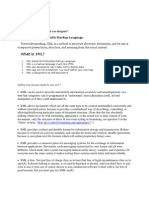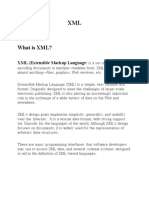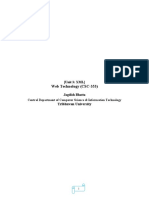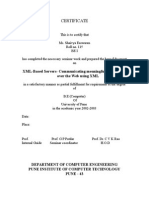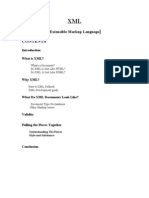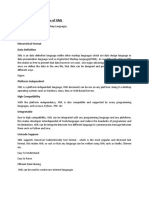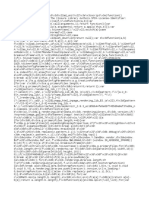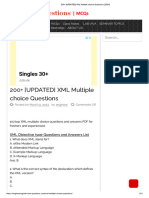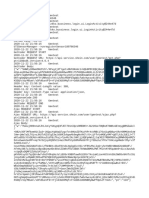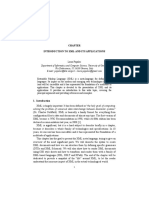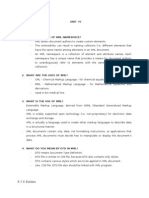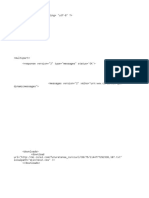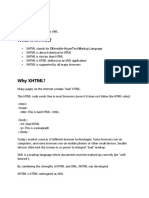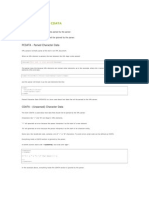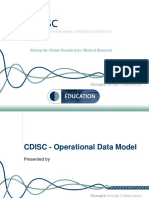0% found this document useful (0 votes)
10 views9 pagesSource Code6
XML (eXtensible Markup Language) is a markup language designed for storing and transporting data in a human-readable and machine-readable format, featuring a hierarchical structure with elements and attributes. It is platform-independent, extensible, and facilitates data exchange between different systems, making it widely adopted across various industries. The document also discusses DTD and XSD, which are used for defining the structure and validating XML documents, providing examples of both for a bookstore XML.
Uploaded by
alekya.anthanagariCopyright
© © All Rights Reserved
We take content rights seriously. If you suspect this is your content, claim it here.
Available Formats
Download as PDF, TXT or read online on Scribd
0% found this document useful (0 votes)
10 views9 pagesSource Code6
XML (eXtensible Markup Language) is a markup language designed for storing and transporting data in a human-readable and machine-readable format, featuring a hierarchical structure with elements and attributes. It is platform-independent, extensible, and facilitates data exchange between different systems, making it widely adopted across various industries. The document also discusses DTD and XSD, which are used for defining the structure and validating XML documents, providing examples of both for a bookstore XML.
Uploaded by
alekya.anthanagariCopyright
© © All Rights Reserved
We take content rights seriously. If you suspect this is your content, claim it here.
Available Formats
Download as PDF, TXT or read online on Scribd
/ 9







